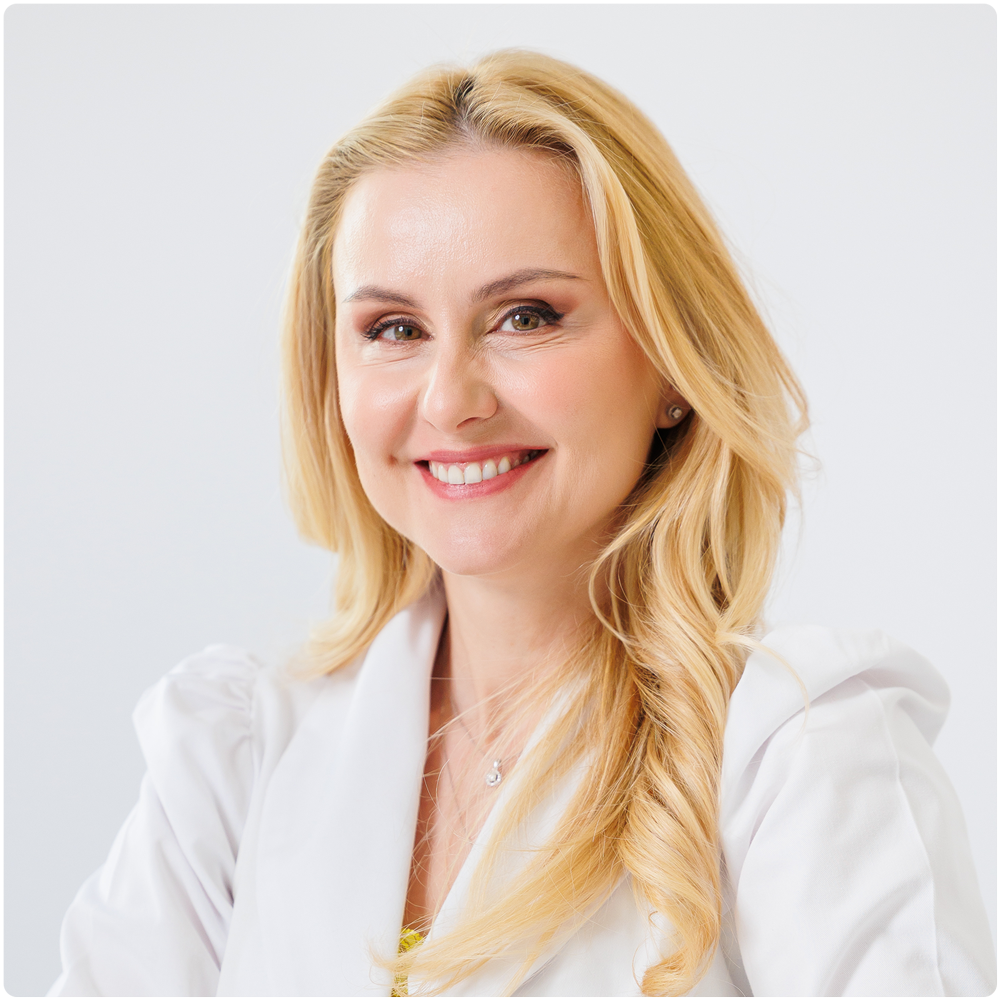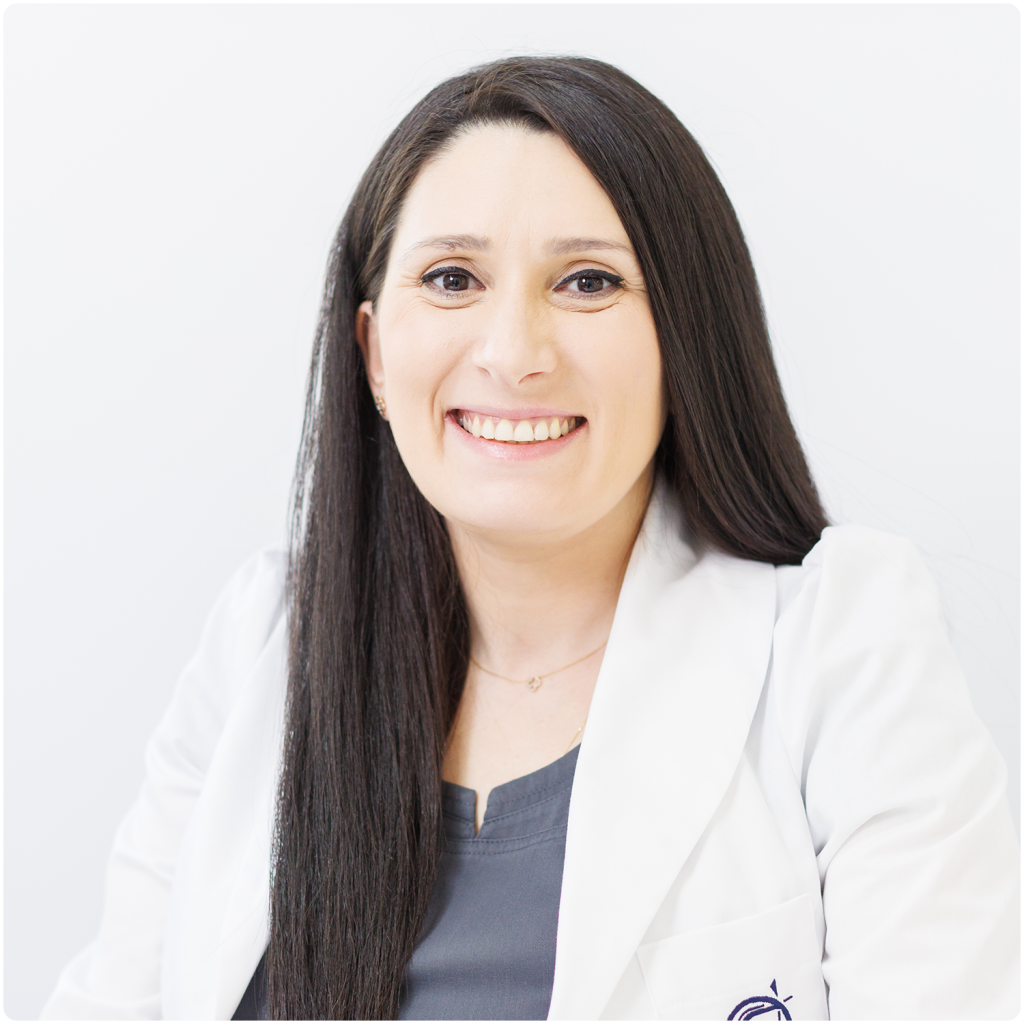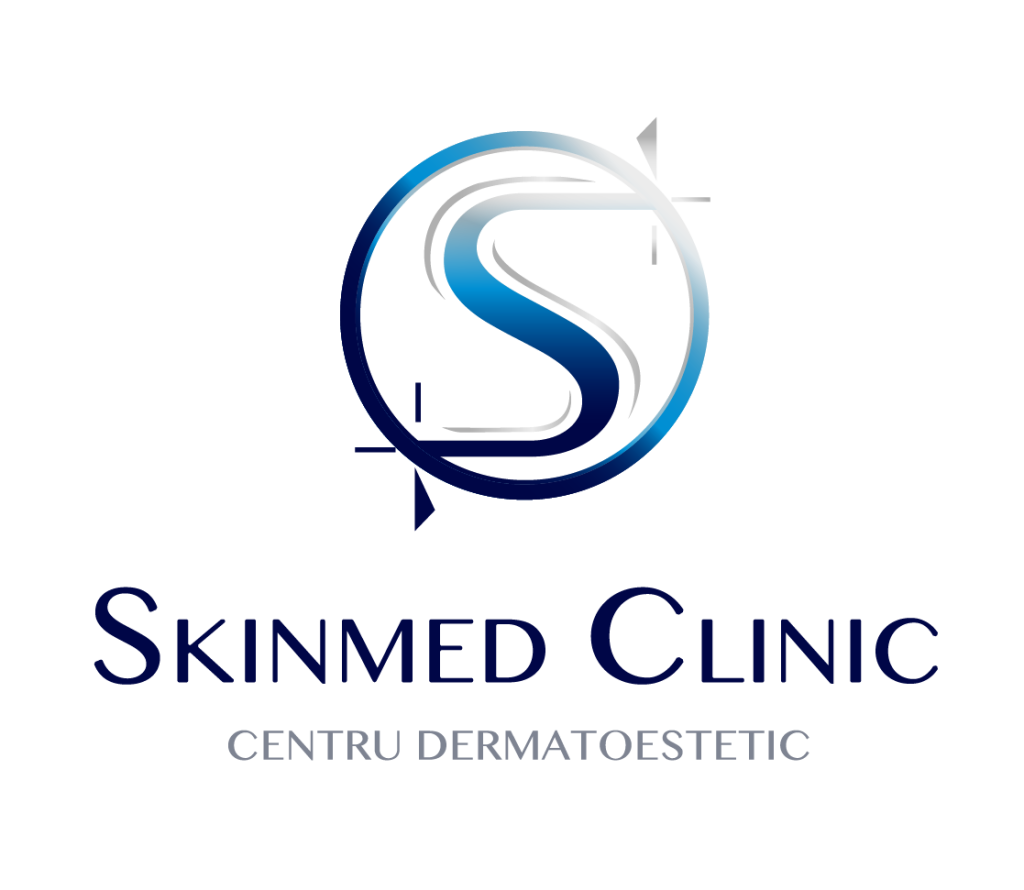Don't leave any facial lesions unscanned! This way you can prevent incurable diseases and save your life.
Who are we talking to?
To each of you when you have congenital moles (from early childhood) or moles that have developed over time, when you want a correct diagnosis and want to know what treatment options are available to safely remove the lesion from your face without residual scarring. Facial moles can be skin-coloured, raised, and others pigmented (brown or brown-black) flat or raised. Over time, they may undergo changes, some physiological and others warning signs requiring urgent medical attention. Similarly, any new pigmented lesion should be seen by a dermatologist for a correct diagnosis.
At SKINMED®, doctors' expertise and state-of-the-art technology guarantee both the correct diagnosis and the best treatment options. Because we want healthy and happy patients!
Why choose SKINMED® experts?
Because they have all the resources to make your skin healthy and beautiful! For them, beauty means health! SKINMED® experts specialise in the diagnosis and treatment of skin conditions, with the most effective diagnostic and treatment technologies at their disposal to achieve the best results in complete safety for the patient. Their expertise guarantees the accuracy of the diagnosis, the most important step in the doctor-patient relationship. Following the diagnosis of certainty, the best treatment methods can be chosen. There are many options - removal with the latest laser technology or by surgical methods when Skinmed experts consider histopathological evaluation mandatory for a correct diagnosis.
Benefits of mole diagnosis and treatment in SKINMED®
What are facial moles and why do they occur?
Facial moles are a common skin condition that can occur on any part of the face. They are small, raised, pigmented growths on the skin. Most moles are not painful and do not itch, but some can become irritated or bleed if rubbed or scratched, in which case a visit to the doctor is recommended. Although most moles are benign and harmless, some can be monitored or removed for medical or cosmetic reasons. It is recommended that you consult an experienced doctor, such as the SKINMED® team, for a proper assessment.
What diagnostic technologies are used in SKINMED®?
The experience of our specialists and the technologies used make it possible to make an accurate diagnosis, the most important step in the doctor-patient relationship. In SKINMED®, we use technology ATBM PHOTOFINDER, an integrated body scanner for monitoring at-risk moles, assisted by artificial intelligence. It can tell the doctor which lesions need to be analysed and excised or monitored further.
Doctors EXPERT in the diagnosis and treatment of moles
In SKINMED®, you will find highly experienced medical specialists working with the latest results of medical research on prevention and treatment, using state-of-the-art medical equipment and products. We look forward to meeting our doctors for a treatment tailored to your needs!
SKINMED experience and technology®, for flawless looking skin!
Advantages SKINMED®
Experience
- Over 19,000 patients treated in the clinic
- Over 300 new patients every month
- Over 3,500 new patients annually
- Over 20,000 treatments per year
Credits
- FOTOFINDER-accredited Centre of Expertise in the Diagnosis and Treatment of Skin Cancer
- ALMA LASER accredited laser treatment centre of expertise
- ALLERGAN accredited centre of expertise in Aesthetics and Medical Injecology
Safety
- Only world-class accredited technologies
Other treatments you might be interested in
Frequently asked questions
What causes facial moles?
Facial moles are caused by an overgrowth of skin cells, which can be triggered by genetic factors or exposure to ultraviolet radiation from the sun or tanning beds. Moles can also occur during hormonal changes, such as those produced at puberty or during pregnancy.
Are facial moles dangerous?
Most facial moles are benign and harmless, but some can be monitored or removed for medical or cosmetic reasons. It is important that any newly appearing facial moles or those with actively observable changes, such as an increase in volume, contour, surface area or colour changes, are assessed by your dermatologist as they may be a sign of skin cancer or other medical conditions.
How can I tell if a facial mole is cancerous?
Signs of a potentially cancerous mole include asymmetry, irregular margins, colour changes and diameter larger than a pencil eraser. If you notice any of these changes or have concerns about a facial mole, it is important to have it clinically and dermatoscopically evaluated with a doctor who specializes in dermoscopy/ mole evaluation.
How are facial moles treated?
Treatment options for facial moles depend on the cause and severity of the lesion. If a mole is found to be cancerous or precancerous, it may need to be surgically removed, with histopathological examination for a correct diagnosis and subsequent assessment of treatment options. For aesthetic purposes, moles can also be removed by your dermatologist, who may use a variety of techniques, including excision or laser therapies.
Can any mole be removed by laser?
No. When lesions are potentially malignant or malignant, they CANNOT be removed with ablative laser or other destructive techniques. Their removal can only be achieved by surgical excision complemented by histopathological examination for correct diagnosis and subsequent treatment management, sometimes in association with the oncologist.
Can facial moles be prevented?
Preventing facial moles involves practising good skin hygiene, using sunscreen and protective clothing to prevent intense sun damage, and avoiding artificial tanning in the sun. Regular skin checks can also help detect any new or changing moles early.
If you have concerns about facial moles or other skin conditions, it is important to consult your dermatologist for evaluation and treatment options.








